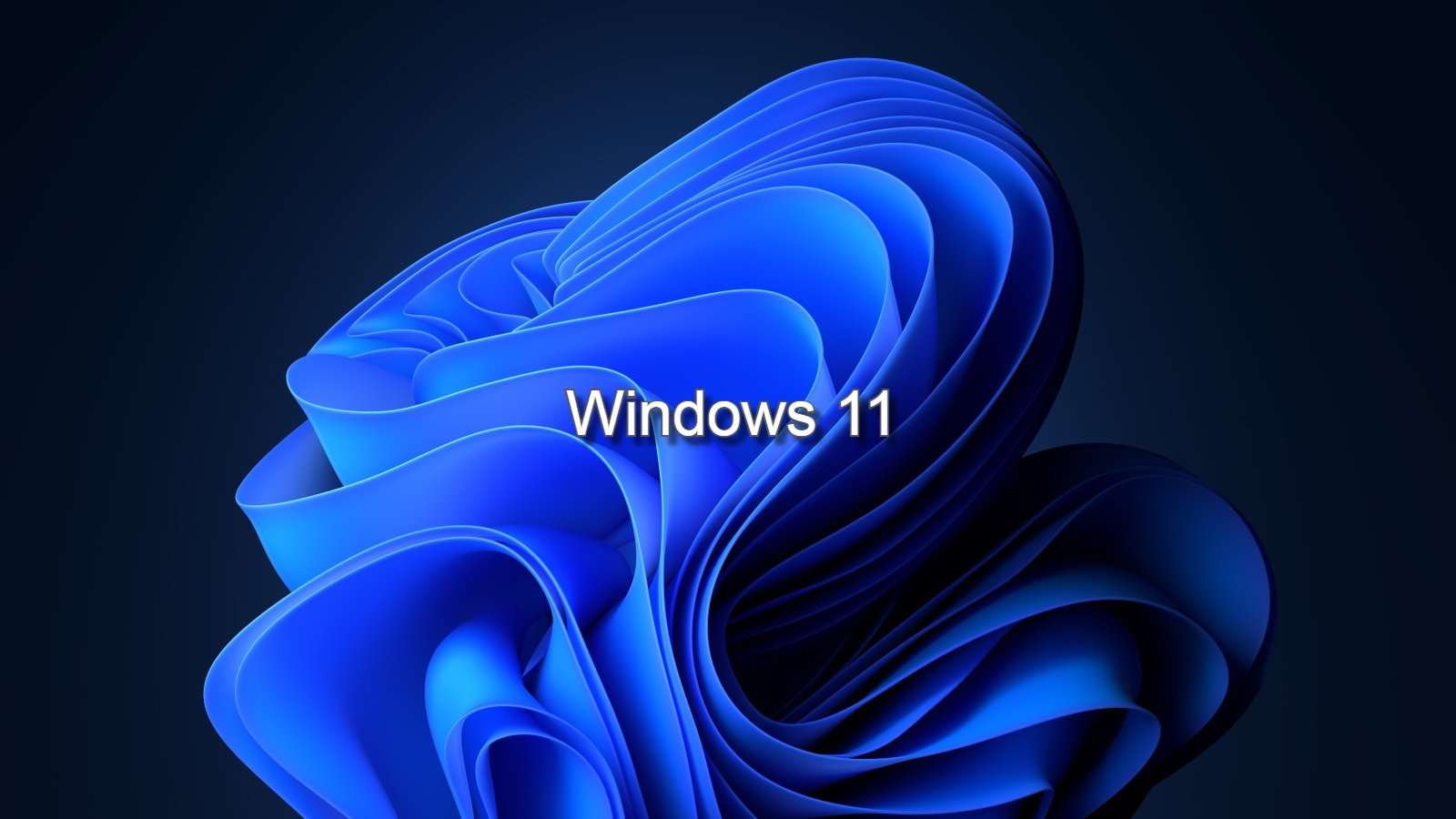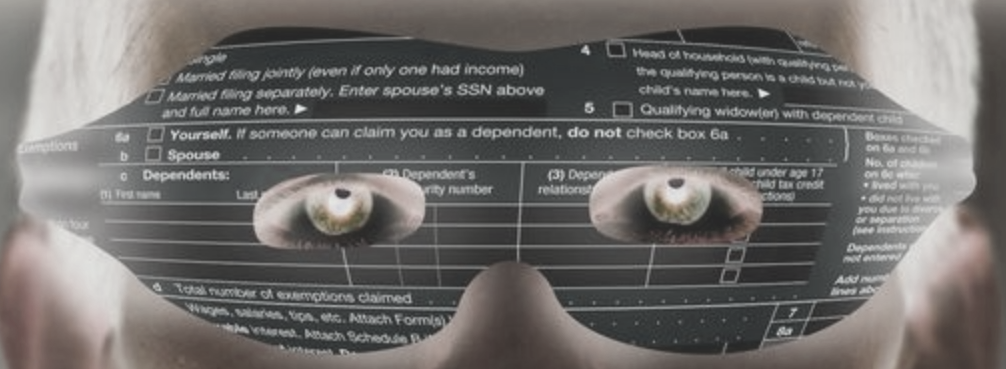
A Visual History of Windows Icons: From Windows 1 to 11
Over the past three-plus decades, the icons of Microsoft Windows have evolved alongside improvements in screen resolutions and color depth. Here’s a look at how the size and style of Windows icons have changed over time.
In the first two major releases of Windows, application icons only appeared if you minimized a program to the taskbar at the bottom of the screen (in Windows 1.x) or to the desktop (in Windows 2.x). Icons were simple black-and-white illustrations that were 32×32 pixels in size.
To run apps in Windows 1 or 2, you’d pick a file name from a list in a program called “MS-DOS Executive.” MS-DOS Executive didn’t show icons, only the names of the files (as if you typed the “dir” command in DOS). In those days, Windows ran as a basic graphical shell over MS-DOS, so the basic list of files made sense—even if it wasn’t as visually appealing as later approaches.
Windows 3.0 introduced the capability to display 16-color icons that were 32×32 pixels in size, and they featured a new “3D” look (as it was called at the time) with simulated shadows, courtesy of artist Susan Kare. Kare had previously designed icons and fonts for the original Macintosh.









/cdn.vox-cdn.com/uploads/chorus_asset/file/25413747/GL2ubyMWwAAXF7n.jpeg)














